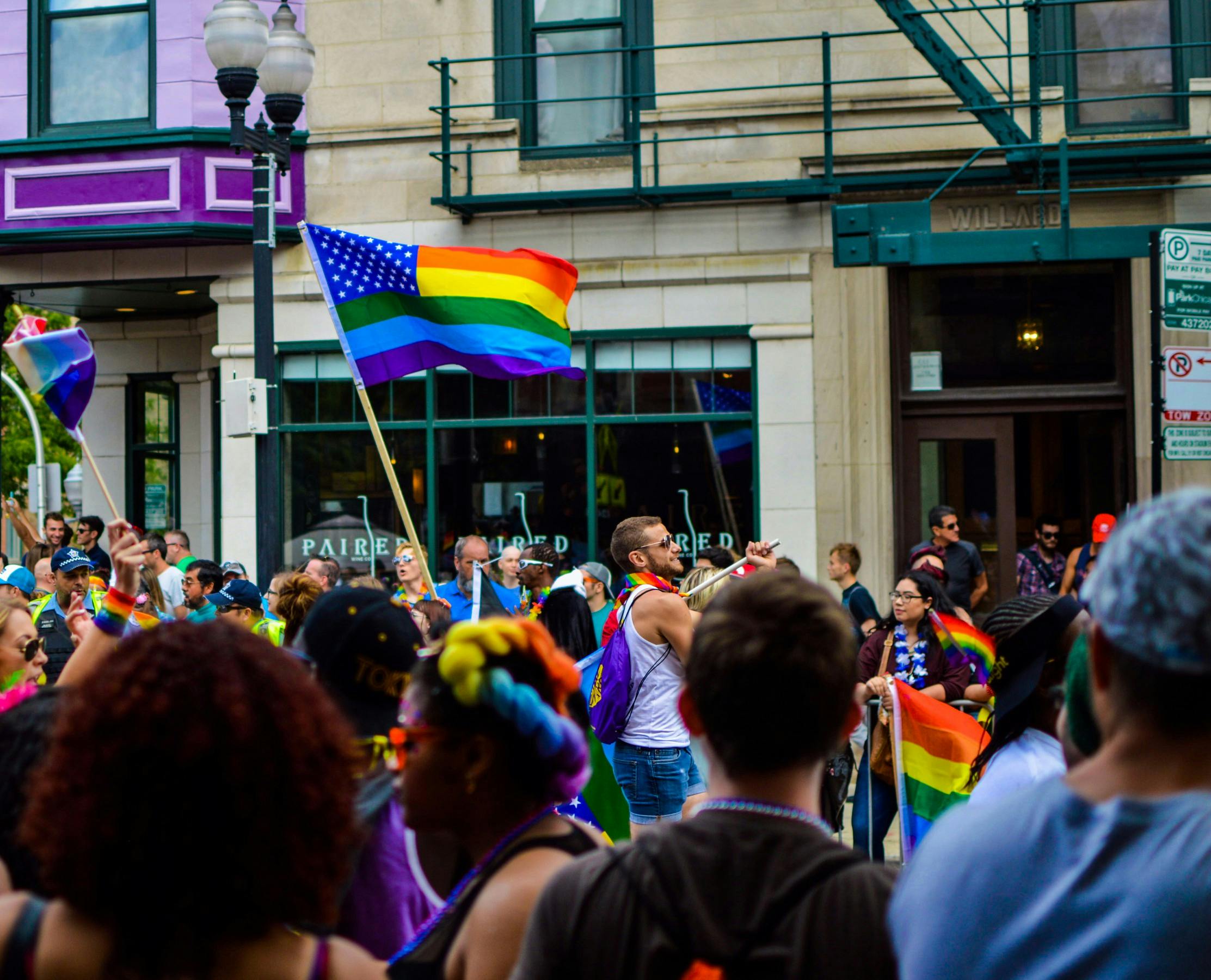- HUMOR
50 Best Pokemon Jokes


Pride Month didn’t arrive fully formed in a single moment—it grew out of decades of protest, perseverance, and, eventually, official recognition. Here’s how June became a global season of rainbow flags, why the first Pride was a march (not a party), and which milestones turned a grassroots uprising into an annual celebration of LGBTQ+ visibility and liberation.
60 Powerful Pride Quotes to Celebrate LGBTQ+ Love & Courage
100 Inspiring Pride Month Quotes to Celebrate Love, Equality & Queer Joy
20 Best LGBTQ+ TV Shows for Picks for Pride Month 2025
In the early hours of June 28, 1969, New York City police raided the Stonewall Inn, a gay bar in Greenwich Village. Instead of dispersing, patrons and neighbors—many of them trans women of color—fought back, sparking six nights of street resistance now known as the Stonewall Uprising. The rebellion galvanized a fledgling gay-liberation movement and fixed June in collective memory as the month of LGBTQ+ defiance.
Exactly one year later, activists organized the Christopher Street Liberation Day March, stepping off from the Stonewall neighborhood and finishing in Central Park. Parallel demonstrations erupted in Los Angeles, Chicago, and San Francisco the same weekend, turning Stonewall’s anniversary into a national call for equality. Signs, chants, and reclaimed public space planted the template for Pride parades worldwide.
Throughout the 1970s and ’80s, more U.S. cities—and soon London, Berlin, Sydney, and beyond—added June marches to their calendars. Events evolved from urgent protests into joyful parades, even as the AIDS crisis refocused activism on healthcare and human rights. By the early 1990s, “Gay Pride” weekends were staples of urban life on almost every continent.
These proclamations cemented June as Pride Month in the United States and inspired leaders elsewhere to follow suit.
June’s symbolic weight comes from its alignment with the Stonewall anniversary. Honoring that week of resistance keeps the movement’s protest roots front-and-center, reminding celebrants that Pride is both a party and a push for progress.
More than fifty years after Stonewall, Pride Month spans parades, film festivals, campus teach-ins, corporate inclusion campaigns, and livestreamed drag shows. While glitter and celebration dominate the headlines, June also amplifies calls for trans rights, global decriminalization, and intersectional justice—carrying forward the spirit of those who first refused to be silent in 1969.
Pride Month was created the moment activists decided Stonewall’s first anniversary would not pass quietly. Every June since 1970, millions have reclaimed sidewalks and airwaves to honor that rebellion, demand equality, and celebrate the full spectrum of LGBTQ+ life. The calendar may mark thirty days, but the legacy is timeless—and each new proclamation, parade, or protest adds another vibrant stripe to the ever-expanding rainbow.o3